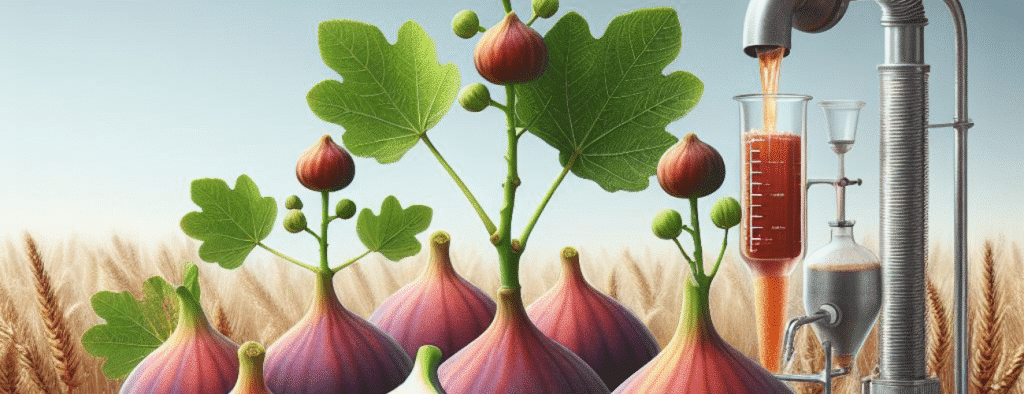Soil preparation for dry fig cultivation

Dried figs are one of the important export products of Iran, which are exported to different countries of the world. To produce quality dried figs, proper soil is needed.
Suitable soil for growing dried figs should have the following characteristics:
- Soil depth: Fig is a rooted tree and needs deep soil for proper growth. Fig roots can penetrate up to 20 meters deep into the soil. Therefore, the soil suitable for growing dried figs should be at least 1 meter deep.
- Fertility of the soil: Fig is a high consumption tree and it needs fertile soil for proper growth. Fertile soil provides the nutrients needed by the fig tree. Important nutrients for the cultivation of dried figs include nitrogen, phosphorus, potassium, calcium and magnesium.
- Soil drainage: fig tree is sensitive to waterlogging. Drained soil prevents water from accumulating around the tree’s roots. Proper drainage of the soil allows excess water to be removed from the soil and the roots of the tree are exposed to the air.
- Soil pH: The suitable pH for dry fig cultivation is between 6 and 7. Soil pH indicates the acidity or alkalinity of the soil. Acidic or alkaline soils can reduce fig tree growth.
Soil preparation steps for dry fig cultivation

To prepare the soil for dry fig cultivation, the following steps are performed:
- Remove weeds from the soil. In addition to consuming soil nutrients, weeds can host fig tree pests and diseases. To remove weeds, you can use mechanical methods such as plowing or chemical methods such as using herbicides.
- Plow the soil. Tilling the soil aerates the soil and distributes nutrients deep into the soil. You can plow the soil using a tractor or plow.
- Fertilize the soil. Fertilizing the soil provides the nutrients needed by the fig tree. Fertilizers suitable for growing dried figs include animal manure, leaf rot fertilizer and chemical fertilizer. You can add animal manure and rotted leaf manure to the soil by hand or by using agricultural machinery. You should add chemical fertilizer to the soil according to the results of the soil test and the recommendations of agricultural experts.
- Water the soil. Watering the soil makes the soil soft and ready for planting figs. You can irrigate the soil using surface irrigation or drip irrigation.
Important points in soil preparation for dry fig cultivation

- The best time to prepare the soil is autumn or winter. At this time, the soil has enough moisture and the air is cold.
- Before planting fig seedlings, be sure to test the soil to determine the amount of nutrients in the soil. You can do soil testing by visiting agricultural laboratories.
- The amount of soil fertilization should be done according to the soil test results. Excessive use of chemical fertilizers can damage the fig tree.
- Use chemical fertilizers in moderation. Excessive use of chemical fertilizers can damage the fig tree.
Conclusion
By following the above tips, you can provide suitable soil for growing dried figs and produce a quality product.


